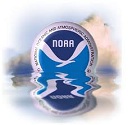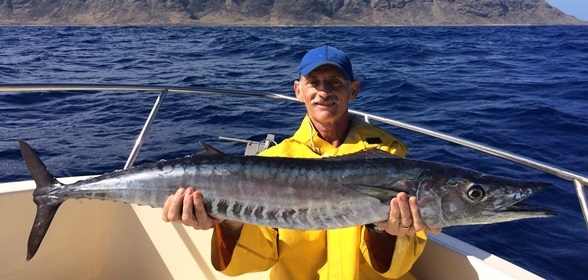
Commercial and recreational saltwater fishing in the United States generated more than $214 billion in sales and supported 1.83 million jobs in 2014, according to a new economic report released by NOAA Fisheries today. The report, Fisheries Economics of the United States 2014, provides the most recent statistics on commercial and recreational fisheries and seafood-related businesses for each coastal state and the nation.
Key to the report are the jobs, sales, income, and value added to the Gross National Product by the commercial and recreational fishing industries. This provides a measure of how sales in the two industries ripple through state and national economies, because each dollar spent generates additional sales by other firms and consumers.

The commercial fishing and seafood industry (including imports)—harvesters, processors, dealers, wholesalers and retailers—generated $153 billion in sales in 2014, an 8 percent increase from 2013, and supported 1.39 million jobs. Domestic harvest (without imports) produced $54 billion in sales, a figure similar to 2013, and supported 811,000 jobs across the broader national economy.
Recreational fishing remains an important part of coastal tourism industries around the country. The regions with the highest economic impact from saltwater recreational fishing were Florida’s West Coast, Florida’s East Coast, California, New Jersey, and Texas.
Saltwater angling sales increased 4 percent from 2013, generating $61 billion in 2014 and supporting 439,000 jobs. This year’s report includes improvements in data collection and analysis methods for the recreational sector, which helped NOAA scientists gain a more accurate view of the industry’s economic landscape.
“Commercial and recreational fishing make a significant impact on the U.S. economy,” said Eileen Sobeck, assistant administrator for NOAA Fisheries. “As we celebrate the 40th anniversary of the Magnuson-Stevens Act, it’s fitting that we continue to improve our understanding of these valuable marine sectors in order to guide science-based management. This ensures both sustainable fish populations and economic opportunities for those involved in the commercial, recreational, and seafood industries.”
Fisheries Economics of the United States 2014 is the ninth volume in an annual series designed to give the public accessible economic information on fishing activities in the U.S., and is a companion to Fisheries of the United States.
More on the 40th Anniversary of the Magnuson Stevens Act.
NOAA’s mission is to understand and predict changes in the Earth’s environment, from the depths of the ocean to the surface of the sun, and to conserve and manage our coastal and marine resources. Join us on Twitter, Facebook, Instagram and our other social media channels.
